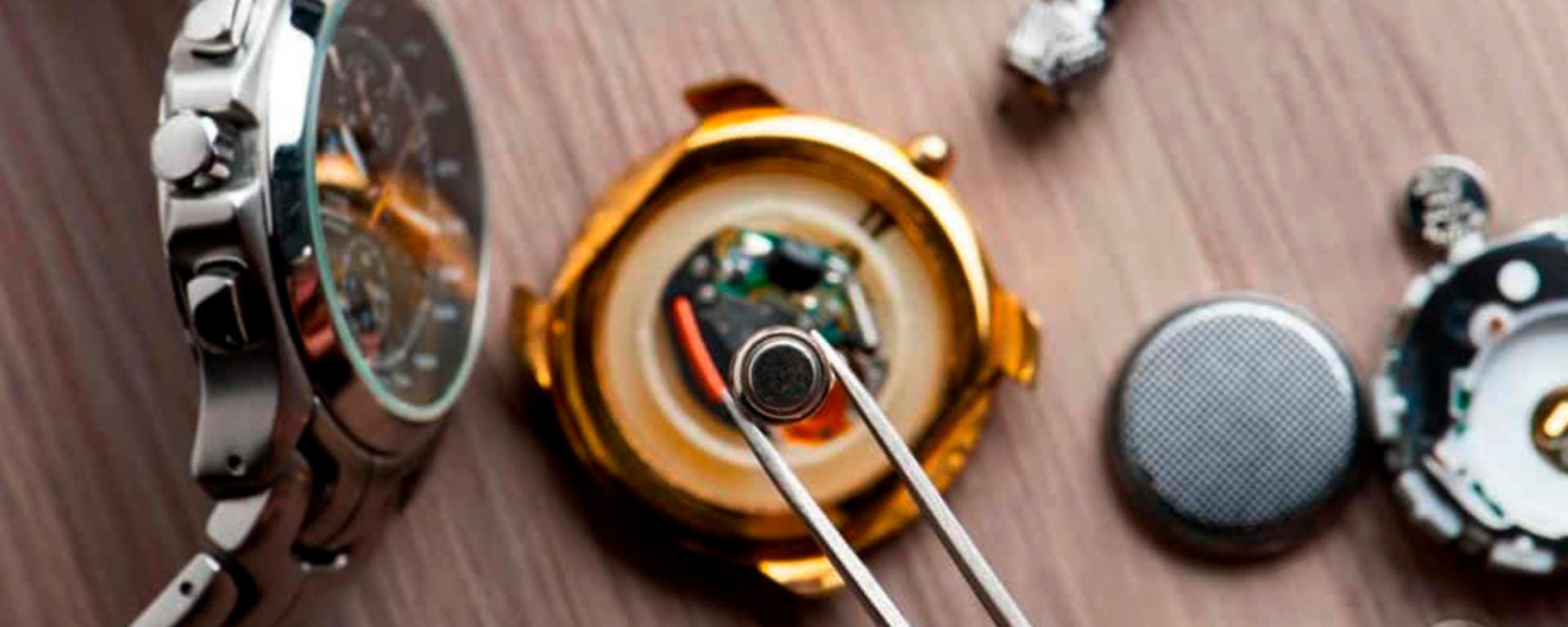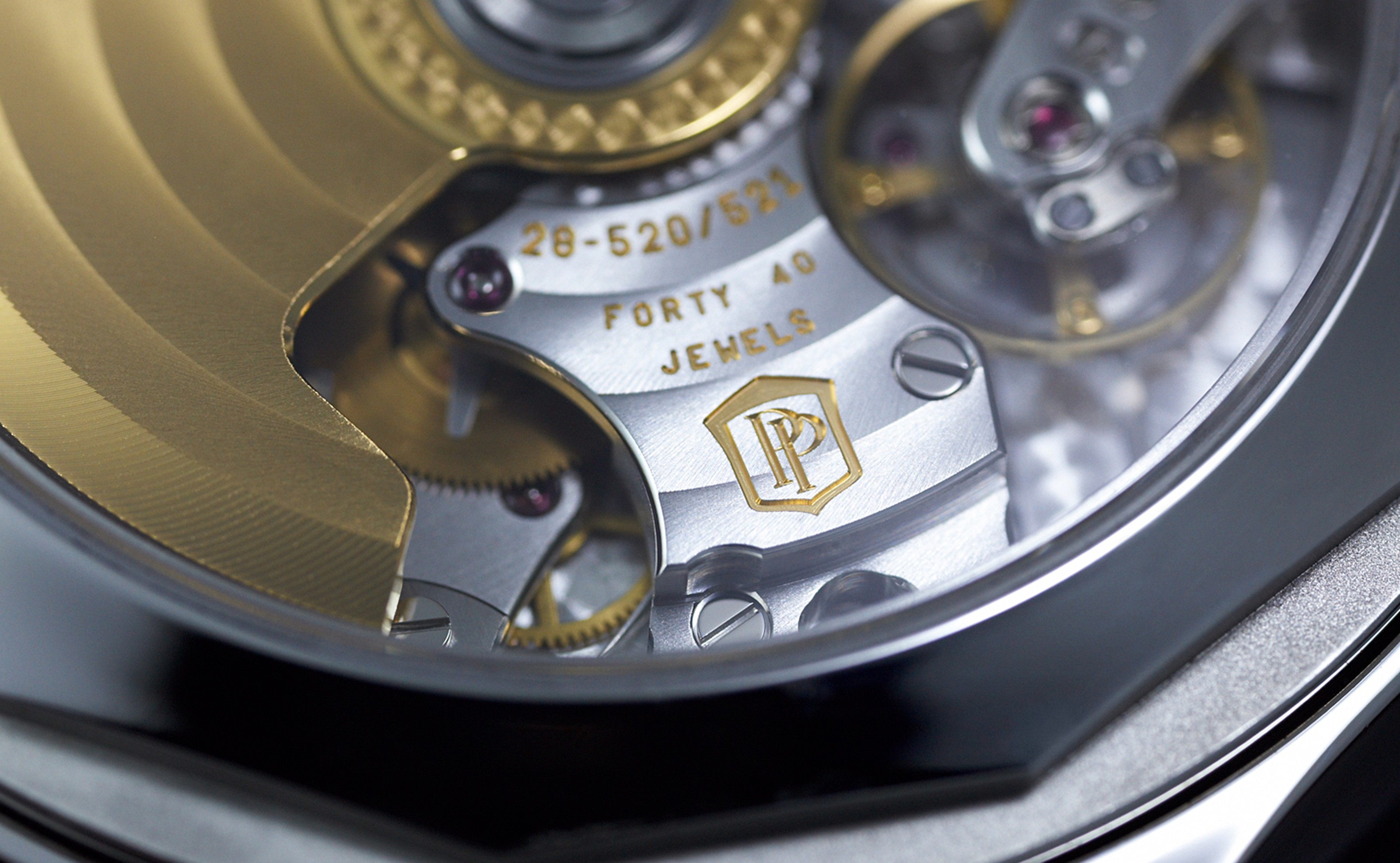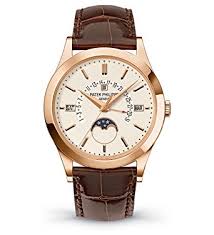First and foremost, professionals agree: removing water or moisture from a watch is a complex process that requires specialized tools, expertise, and professional-grade equipment 🛠️. If condensation appears under the crystal or your watch has fogged up, do not delay — visit a certified watch service center like Chrono 10:10 immediately. Let’s explore what to do in such cases and what mistakes to avoid.
🌊 When Water Has Already Entered the Watch
Most watches come with a certain level of water resistance, usually marked in ATM (atmospheres) or Feet/Meters. However, even the most durable Swiss-made luxury watches aren’t immune to the damage water can cause — and there's a big difference between getting splashed and diving deep, as they’d say in Odesa 🇺🇦😉
If you're active around water (diving, jet skiing, etc.), choose a watch rated to at least 200 meters or marked Diver’s for safe underwater performance.
Depending on the level of exposure, the damage can vary — but the consequences are often serious:
Luminous coating on the hands may deteriorate;
Lacquer on the dial can peel or blister;
Metal parts may begin to oxidize and corrode.
🕰️ Minor splashes from rain or handwashing may not cause noticeable damage. But if your watch was submerged — even briefly — it likely needs thorough professional repair. Brass components might be salvaged, but steel parts are much more difficult to restore. Everything depends on how long the water was inside, what kind of water it was, and the level of corrosion that occurred.
🚫 What NOT to Do if Water Gets Inside
If your watch is still running after water intrusion, immediately stop the movement (e.g., pull the crown gently to stop the gear train). You can pat dry the exterior with a soft cloth — but absolutely avoid using heat sources such as blow dryers or radiators.
Here’s what else you should never do:
❌ Do not open the case back. Exposure to air may accelerate internal corrosion.
❌ Do not use alcohol or home cleaning agents. Watch dials, hands, and PVD-coated elements require professional cleaning with specific acidic solutions in the right concentrations.
❌ Do not manipulate the crown in hopes of “releasing” the water — this can cause more damage.
❌ Do not press chronograph buttons underwater unless your watch is a professional dive model.
❌ Do not use a hairdryer — excess heat can damage delicate components inside.
⚠️ If your watch was exposed to salt water, visit a watchmaker immediately. Salinity significantly increases water's corrosiveness.
✅ How to Prevent Water from Getting Into Your Watch
🧰 The most effective way to protect your timepiece is through regular maintenance at an authorized service center. There, professionals will check the condition of gaskets, the integrity of seals, and the water resistance rating under proper lighting and using pressure-testing equipment.
Simple tips to avoid water damage:
🔥 Never wear your watch in saunas or hot baths — heat can deform seals and gaskets.
🏊 A watch rated at 50 meters is fine for swimming — but not for diving or jumping into the water, due to pressure shock.
🔒 If your watch has a screw-down crown, it’s likely rated to 100–200 meters — just make sure it’s always screwed in properly.
🧪 Don’t press any buttons underwater unless you’re wearing a certified dive watch.
☀️ Don’t leave your watch in direct sunlight to "dry" after swimming — this can compromise seal integrity.
⚙️ Keep the crown securely closed at all times.
🧪 The Final Step: Professional Testing
Whether minor or serious, after water exposure your watch must go through:
⏱️ Precision movement testing;
💧 Waterproofing (pressure test) verification;
⚙️ Functional check of all complications and mechanisms.
Only certified professionals should handle a watch compromised by moisture or water. With proper care, your timepiece will continue to delight with its flawless appearance and impeccable function for years to come 💎🕰️



